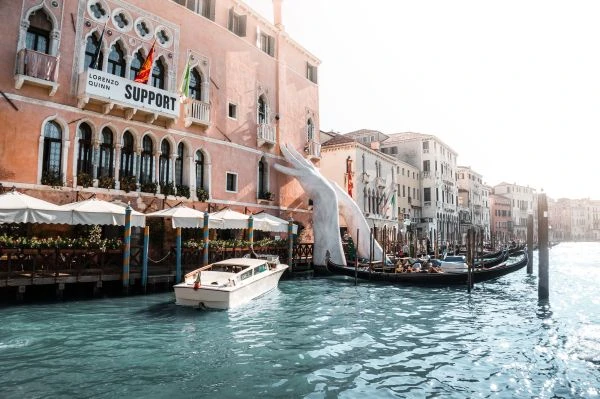Reading E.H. Gombrich's seminal work The Story of Art is akin to embarking on a grand voyage through the evolution of human creativity. This masterpiece, often regarded as the most accessible art history book ever written, offers profound insights that transcend mere chronological documentation. When we immerse ourselves in Gombrich's narrative, we don't just learn about art – we experience its transformative power across civilizations.
The Universal Language of Visual Storytelling
Gombrich's genius lies in his ability to present art history as a continuous dialogue between generations. From the cave paintings of Lascaux to Picasso's revolutionary canvases, the story of art unfolds as humanity's most enduring form of communication. The author demonstrates how each artistic movement emerged not in isolation, but as a response to its predecessors – Renaissance masters studying classical antiquity, Impressionists breaking from academic traditions, and modernists challenging representational norms.

What makes this perspective particularly compelling is Gombrich's emphasis on the viewer's role. Art doesn't exist in a vacuum; its meaning crystallizes through our engagement. When examining Egyptian funerary portraits or Byzantine mosaics, we become active participants in this timeless conversation rather than passive observers of museum pieces.

Decoding Artistic Revolutions
The book's treatment of paradigm shifts reveals art's intrinsic connection to human consciousness. Gombrich explains how Giotto's dimensional figures revolutionized medieval flatness not through technical superiority alone, but by aligning with emerging humanist philosophies. Similarly, the Impressionists' fragmented brushstrokes mirrored scientific discoveries about light perception while capturing modernity's fleeting moments.

Art as Cultural DNA
Beyond aesthetics, the story of art serves as civilization's genetic code. Gombrich masterfully connects artistic developments with their historical contexts – how Romanesque architecture reflected feudal society's structure, or how Dutch Golden Age paintings documented bourgeois values. This interdisciplinary approach transforms art appreciation into a multidimensional exploration of politics, religion, technology, and daily life across epochs.
The chapter on Renaissance Italy particularly shines, illustrating how artistic patronage became intertwined with power dynamics. When we analyze Michelangelo's Sistine Chapel ceiling through Gombrich's lens, we see not just biblical scenes but a complex negotiation between papal authority and artistic genius.
Eastern Perspectives in Western Discourse
While primarily focused on Western art, Gombrich's occasional forays into Asian traditions offer refreshing counterpoints. His comparison of Chinese landscape painting's spiritual emptiness with European perspective systems underscores how cultural worldviews shape visual representation. These moments remind us that the story of art is ultimately about humanity's diverse ways of seeing and being.
Enduring Relevance in Contemporary Context
Revisiting Gombrich's work in our digital age reveals startling prescience. His discussions about artistic reproduction anticipate today's image-saturated world, while his analysis of abstract art's emotional impact resonates with modern visual culture. The book's greatest lesson might be that understanding the story of art equips us to navigate our increasingly visual contemporary landscape with deeper discernment.
Gombrich concludes not with a definitive endpoint but an open invitation – to keep looking, questioning, and discovering. After turning the final page, familiar artworks appear richer, museum visits become adventures, and ordinary visual experiences gain new dimensions. That transformative effect is perhaps the most eloquent testament to this book's enduring magic.
For anyone seeking to comprehend humanity's creative spirit, the story of art remains an indispensable guide. Gombrich's magnum opus doesn't just recount history; it illuminates why art matters – as a mirror of our collective soul, a bridge across time, and an eternal wellspring of meaning in an ever-changing world.


 相关文章
相关文章




 精彩导读
精彩导读




 热门资讯
热门资讯 关注我们
关注我们
